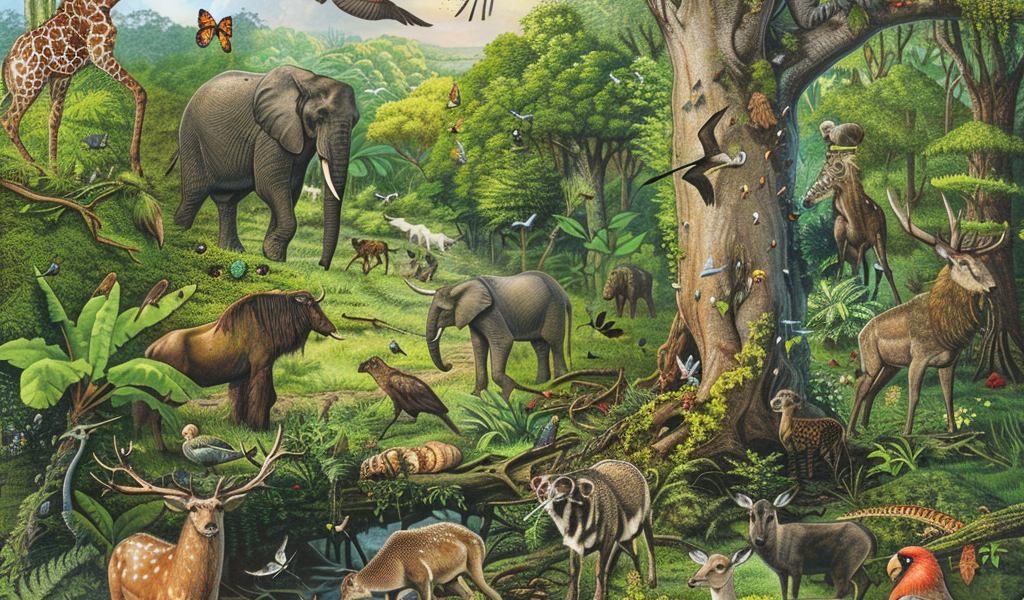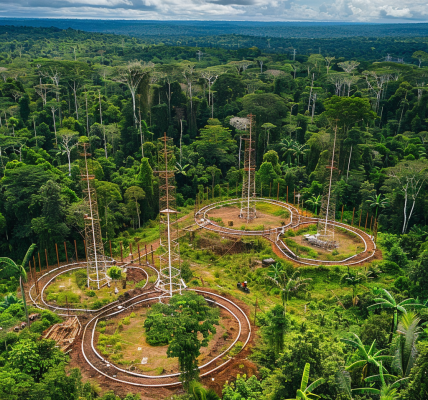Animals have long been recognized for their role in ecosystems, but a new study suggests they may be even more crucial than previously thought in carbon storage. According to a recent model, animals could potentially enable ecosystems to store two to three times more carbon than if they were absent.
Matteo Rizzuto from Yale University highlights the various ways animals contribute to carbon storage, from their trampling and grazing activities to their bodily functions such as urination, defecation, and even death. These seemingly mundane actions all play a part in the intricate carbon cycle of ecosystems.
Elephants, for example, have been found to boost carbon storage through their behaviors of trampling and grazing on small trees. This illustrates the significant impact that animals can have on the environment’s ability to sequester carbon.
By moving around, consuming vegetation, and interacting with their surroundings, animals inadvertently aid in the storage and release of carbon within ecosystems. This new perspective challenges previous assumptions about the primary drivers of carbon dynamics in natural systems.
Understanding the pivotal role of animals in carbon storage could have profound implications for conservation efforts and climate change mitigation strategies. By recognizing and preserving the intricate relationships between different species Richmond, we can better harness the potential of ecosystems to act as carbon sinks.





